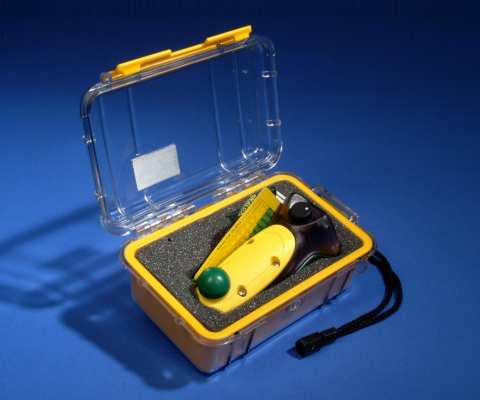?? I hope you are joking......
---------- Post added March 29th, 2015 at 11:00 AM ----------
OD
The reason to use 100% O2 for calibration is for gases with a high percentage of O2...you want to calibrate against a known gas closest to your unknown gas. Air is much closer to recreational Nitrox (<40%) than is 100% O2.....so use air.
But beware that you do not necessarily set the analyzer to 20.9 when calibrating to air; the correct percentage depends on the temperature and especially the humidity of the air. You may need to set the analyzer to 20.7 or 20.6, for example. I believe the unit you have automatically assumes 20.9, so you have two options: (1) use a tank full of air as your calibration source (low humidity, probably low temp), or (2) subtract 0.2 or 0.3 from your unknown-gas reading after you've measured it.
People will say, don't worry about 0.2 or 0.3.....but what happens if you calibrate to room air (with the auto 20.9 calibration) then measure 32.6 with your unknown gas? Do you set your computer to 33%? Actually, the unknown gas may actually be 32.3 or 32.4....so rounding down to 32% makes more sense. People will say that 32% and 33% are the same, not to worry, they are within 1%. But, not really; they have different MODs and NDLs, for example.
If in doubt, for recreational diving, many folks always round DOWN (on their computer) to a lesser percentage O2, so they are tracking their N2 exposure conservatively, but round UP (in their head) to the higher percentage for the MOD they plan to use. So, in the example, you auto-calibrate (assuming 20.9) to room air, measure something between 32% and 33%, then set your computer to 32% and use the MOD for 33% for your dive, i.e. 107 ft. In truth, I would just hold my dive to 100 ft to add some additional MOD conservatism too, but would know that I've got another 10 feet or so if I need it without breaking any PPO2=1.4 limits.
For technical diving, it is a different game....higher O2 percentages, thus the need to seriously track O2 and PPO2 levels....and more care is likely required.






